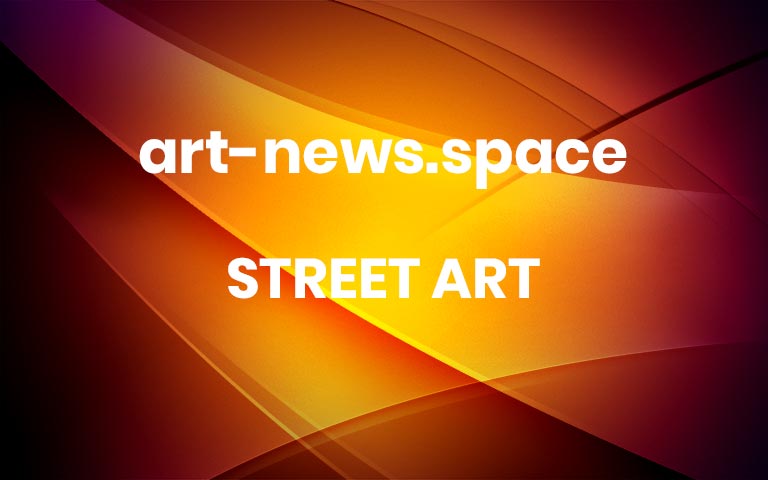5 Must-See Museum Shows to Catch in Paris
Amid a bustling week in Paris, as the art market continues to clamor for bits of real estate and attention in the city of lights, the French capital’s institutions continue to shine with major art exhibitions. Here are five shows that you must not miss on your next visit.
“Barbara Chase-Riboud: Everytime A Knot is Undone, A God is Released”
Several Locations
September 17, 2024—January 13, 2025
Barbara Chase-Riboud, Mao’s Organ (2007). 2024 Musée Guimet © Barbara Chase-Riboud.
In a never-before-seen synchronized collaboration, eight major museums in Paris—including the Musée d’Orsay, Louvre Museum, Centre Pompidou, and the Palais de Tokyo—are concurrently showing work by a living artist. “Everytime A Knot is Undone, A God is Released” is named after Barbara Chase-Riboud’s poetry collection released in 2014, and celebrates the artist’s seven-decade career. Sculptures by Chase-Riboud, made from a variety of materials from bronze to wool, act like markers of Chase-Riboud’s life in the city where she has lived since 1961, spread across the city over the course of four months. “Everytime A Knot is Undone, A God is Released” is the first multi-museum exhibition of a solo artist ever in the French capital, let alone the first to unite eight of the country’s most important galleries and museums.
“Arte Povera”
The Pinault Collection
October 9, 2024–January 20, 2025
Michelangelo Pistoletto, Venus of Rags (1967). © Pinault Collection, 2024.
The Arte Povera movement, born in Northern Italy in the 1960s, was not so much “Povera” as in “poor,” but as in “humble.” Artists created artwork from non-traditional materials and brought their unusual sculptures into the formal gallery space. Curated by Arte Povera specialist Carolyn Christov-Bakargiev, the major show at the Pinault Collection includes historically significant works from the collection as well as new commissions and loans from international collections.
Including Michelangelo Pistoletto’s Venus of Rags (1967), Alighiero Boetti’s Castasta (1967), and one of Mario Merz’ igloos among over 250 artworks made by or in response to the Arte Povera group, the show at Paris’ Pinault Collection is sure to be a comprehensive guide through one of Italy’s most influential conceptual art movements.
“Jackson Pollock: The Early Years (1934 – 1947)”
Musée Picasso
October 15, 2024–January 19, 2025
Jackson Pollock, The Key (1946). © Pollock-Krasner Foundation / ADAGP, Paris 2024.
His first exhibition in France for over 15 years, “Jackson Pollock: The Early Years (1934–1947)” is a comprehensive showcase of the Abstract Expressionist icon’s early career. Evidencing Pollock’s interest in Native American art, contemporary avant-garde artwork from Europe, and the work of the Mexican Muralists, in The Early Years we see how Pollock moved towards the development of his signature “drip” action paintings begun in 1947. These earlier works, which include figurative Expressionist-inspired paintings, drawings—some of which the artist may have brought with him to Jungian therapy sessions he undertook in the 1930s to address his alcohol issues—as well as sculptures, have not often been exhibited in their own right.
“Elmgreen & Dragset: L’Addition”
Musée d’Orsay
October 15, 2024–February 2, 2025
Elmgreen et Dragset © Musée d’Orsay Sophie Crépy
Nestling a new series of figurative artworks into the museum’s sculpture nave in a site-specific curation that straddles sculpture and performance, L’Addition is a never-before-seen architectural installation at the Musée d’Orsay. Such innovation comes as no surprise to fans of Elmgreen & Dragset, the Scandinavian duo who have built their reputation on subversive artworks and humorous installations. Exploring notions of masculinity in dialogue with works in the permanent collection of the Musée d’Orsay, “L’Addition” is guaranteed to highlight both subtler themes in and surprising similarities between both collections.
“Martine Syms: Total”
Lafayette Anticipations, Fondation Galeries Lafayette
October 16, 2024–February 9, 2025
Martine Syms, This Is A Studio / Aunty (35) (2022-23). © Martine Syms. Courtesy of the artist, Sprüth Magers.
Syms’ first retrospective in France, “Total” is the American artist’s attempt to entirely envelop the Lafayette in a total work of art. Including pieces from all stages of Syms’ career from 2007 onwards, this show tackles and breaks down the boundaries between public exhibition space, private artist studio, and gift shop by asking conceptual questions about the intersections between images and identities.
These intersections are referred to in the show’s promotional materials as the “theatre of the everyday.” A selection of works and motifs from the show have been produced in editions for purchase, continuing the show’s dialogue about consumption and ownership. Offering visitors a colorful, multi-media experience, “Total” delves into what it means to live life in public spaces in a surveillance-heavy era.
“Pop Forever, Tom Wesselmann &…”
The Fondation Louis Vuitton
October 17, 2024–February 24, 2025
Tom Wesselmann, Mouth #14 (Marilyn) (1967). © Adagp, Paris, 2024, Jeffrey Sturges.
Taking over all floors of the Fondation Louis Vuitton, “Pop Forever, Tom Wesselmann &” is putting over 200 works by Pop Art legends on display in Paris. Alongside 150 works by Wesselmann are pieces by Ai Weiwei, Andy Warhol, Marisol, Claes Oldenburg, Yayoi Kusama, Jeff Koons, and Roy Lichtenstein. This exhibition is a celebration of all-things Pop Art, in all of its manifestations from the Surrealist and Dada-inspired beginnings to artists today influenced by Pop’s pioneers of the 1950s and 1960s. Key works on display will include Wesselmann’s early collages made in the 1950s as well as his later landscapes made shortly before his death in 2004, as well as Warhol’s Shot Sage Blue Marilyn (1964), and Jeff Koons’ Three Ball 50/50 Tank (1985). More



